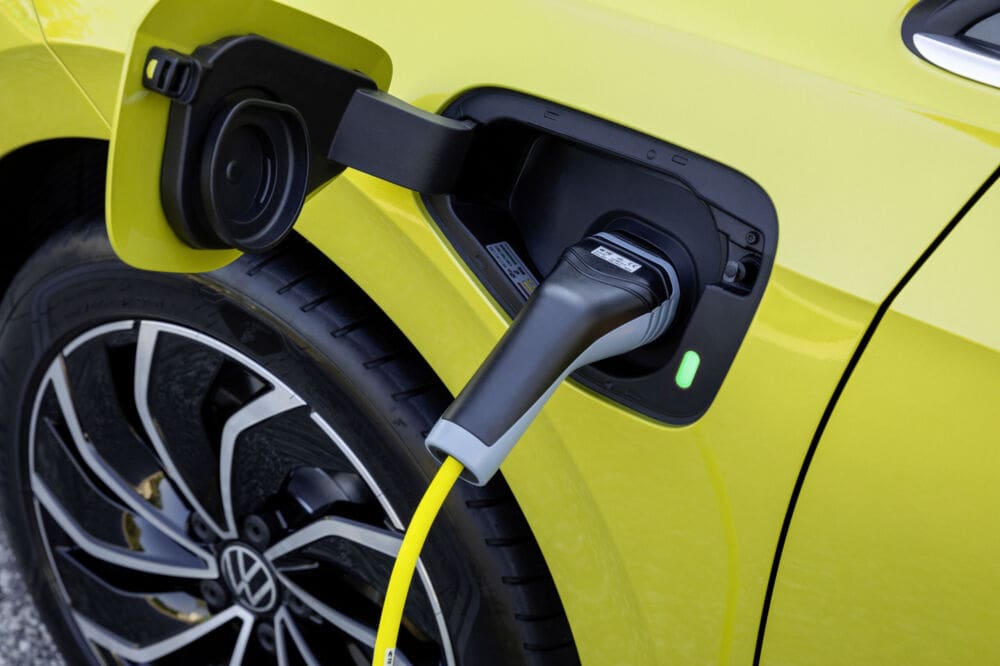
Another month passes and if anything, the headwinds facing the electric switchover have grown. First, some new evidence on the extent of the problems with public charging in the UK. The Times newspaper, basing its calculations on Department for Transport and SMMT data, has worked out that the ratio of EVs to charging points has been deteriorating quite markedly. Whereas there was one charging point for every 16 EVs at the beginning of 2020, there is now one for every 30 cars, so twice as many EVs are now competing for each slot as they were three years ago. I’ve always thought it was inevitable that the growth in EVs and the expansion in public chargers would sometimes get out of balance as the market developed quickly, but I didn’t foresee fluctuations of that magnitude. So if drivers think the situation is getting worse, it looks like they’re not imagining it.
Another obstacle to the switchover to EVs is the continuing dearth at the more affordable end of the scale. Paul Philpott, the boss of Kia in the UK, recently caused a bit of a stir when he dampened expectations that the situation would improve in the near future, stating that his own company had no immediate plans for a cheaper mass market electric model. Given that Kia has traditionally led on value for money in the EV market, that’s quite a worrying assessment.
If anything, it’s getting harder for would-be switchers to find an affordable EV. Several lower-priced models are fading away without a direct replacement. The VW e-Up! has now gone, so in the absence of an ID.1 or ID.2 to replace it in the slot below the ID.3, the entry point for Volkswagen EV ownership has jumped by about £10,000. Over at Hyundai, the popular Ioniq has also been withdrawn without a successor, while one of the cheapest EV options, the smart eq range, will be replaced by a larger, more expensive SUV-like model. I suspect that part of the story here is that in the face of the constrained supply of chips and batteries, the car makers may be favouring higher-priced (and therefore more profitable) models.
It’s easy to see how these difficulties with charging infrastructure and a lack of affordable EVs could give a new lease of life to plug-in hybrids, or PHEVs. My own view has always been that while there are many very good PHEVs on the market, they are mostly an interim solution designed to ease the path to an all-electric future, with the category having a maximum life of perhaps two or three model cycles. I suspect that I’ll have to re-think that one, especially if the manufacturers can come up with more appealing plug-in hybrids.
One new model due later this year that really interests me is what Mazda is describing as a plug-in hybrid version of its electric MX-30, but which I think should more accurately be classified as a range extender. The main difference between a PHEV and a range-extender is that while both combine petrol and electric power, in a range extender, the petrol engine is normally generating electricity for the electric motor rather than being used to power the wheels directly. The driving experience remains ‘electric’. We’ve seen range-extenders in the UK before – the Chevrolet Volt and Vauxhall Ampera, as well as the latest London taxis can probably be classed as such, and there was also a range extender version of the BMW i3. But the MX-30 R-EV, as Mazda is calling its newcomer, has an interesting twist in that its petrol range extender is a rotary engine. Audi, heir to the rotary tradition via the legendary NSU Ro80, presented a rotary range extender concept back in 2010, but this never made it into production. Now Mazda, the other main user of rotary engines, has picked up the baton and is running with it.
Apparently, the usual drawbacks of rotaries in terms of emissions, economy and reliability can be managed around when it is the car that’s in control of when and how the engine operates, rather than the driver. The obvious advantage is that the super-smooth rotary should provide a more natural, less obtrusive complement to an electric motor than a piston engine does. The existing all-electric MX-30 hasn’t won many friends, mostly because it’s hard to look beyond its small battery pack and limited range to see its pluses. But the range extender model, which will cost the same despite its vastly greater range, may be a completely different proposition.
© Motorworld Media 2023
Registered Office: 4 Capricorn Centre, Cranes Farm Road, Basildon, Essex. SS14 3JJ
Company Number: 8818356
Website designed by Steve Dawson